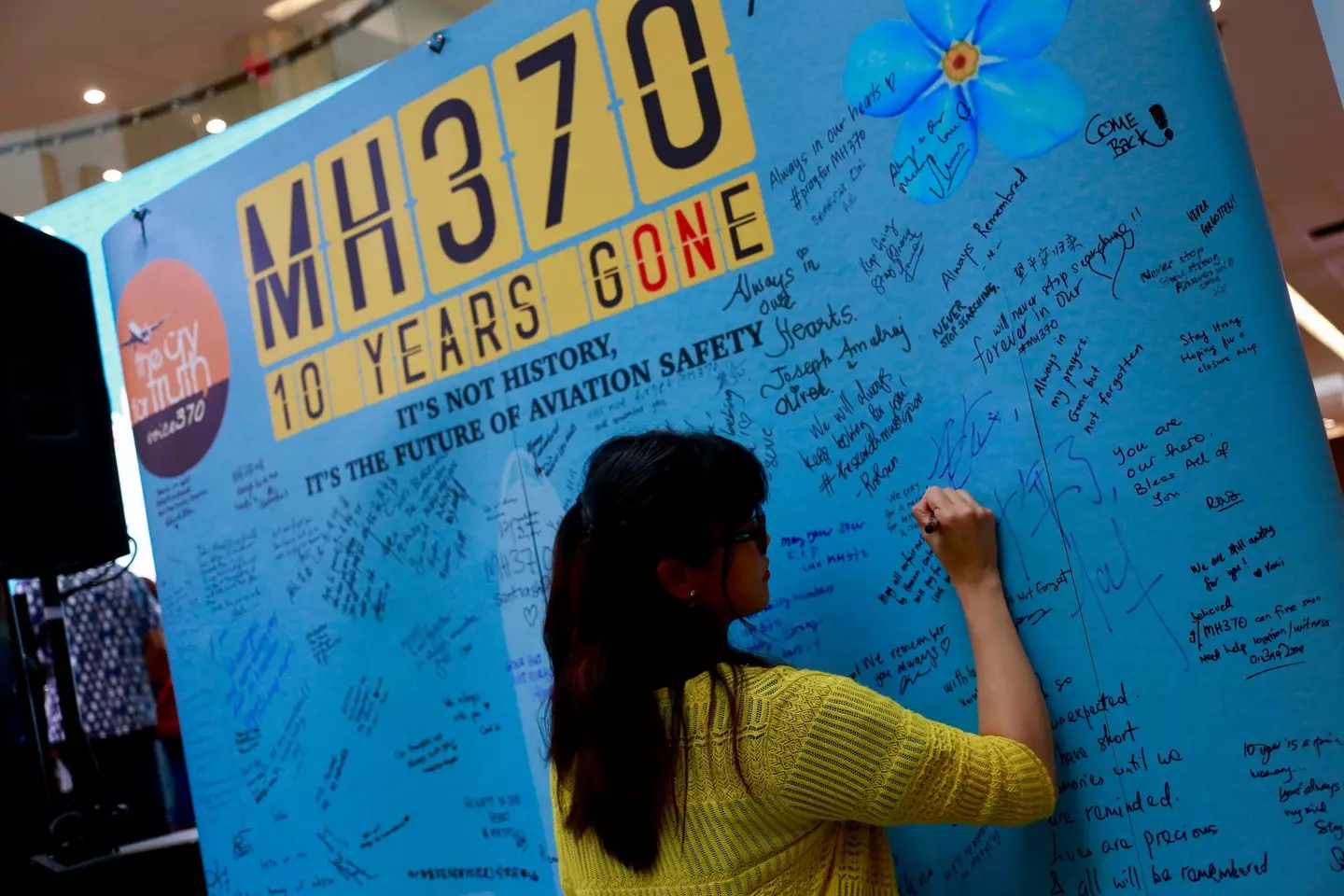
An aerospace engineer is convinced that 'it will only take one more search' to locate the missing MH370 flight.
Malaysian Airlines flight 370 went first missing on March 8, 2014 - an event which has mystified the world since.
The flight took off from Kuala Lumpar, Malaysia for Beijing, China with 239 passengers and members of crew on board.
Not long into the flight, radars were left unable to locate the plane and it was never seen again.
Advert
Several pieces of wreckage believed to be from flight MH370 have been found since 2014, however, formal investigations led by Australia and Malaysia have failed to provide answers as to what happened - leading few to come up with their own.
The official report for the disappearance of MH370 suggested that the aircraft had turned off electronic signal communications, executed a U-less than an hour into its flight before plummeting somewhere into the ocean.
However, that has not been everyone's consensus, with some experts having suggested that the plane could have been hijacked or even shot down by US Air Force.

Advert
Now, the Malaysian government has announced that it is considering resuming the search for MH370 - but only if they are provided with 'credible evidence' of the plane's location.
It comes after research and data from investigators interviewed in a new BBC documentary, Why Planes Vanish: The Hunt for MH370, provided much intrigue.
To be able to locate the aircraft, retired British aerospace engineer Richard Godfrey is using pioneer technology to aid his search - and he believes he's found evidence for MH370’s flightpath hidden in a database of radio signals.
'Weak signal propagation reporter' [WSPR] is designed to test the strength of radio frequencies, as transmitters around the world send thousands of low power radio pulses every couple of minutes.
Advert
Godfrey reckons that he can use these signals to find MH370, having pinpointed 130 disturbances in the WSPR signals over the Southern Indian Ocean.

The former engineer is confident that these points are evidence of MH370’s final flight path, with disturbances terminating at a point just outside of the 7th arc.
Remarkably, this is an area that is not covered by any underwater search to date.
Advert
"I think we have not found MH370 simply because we did not look wide enough from the 7th arc,” Godfrey told the BBC.
“I'm absolutely convinced it will only take one more search and we will find MH370.”
Simon Maskell, Professor of Autonomous Systems at the University of Liverpool, is also not afraid of building algorithms to solve complex problems.
“It's completely conceivable that WPSR works. It's not yet proven. Proving whether WSPR works is what we're trying to do now,” he told the publication.
Advert
"I'm hopeful we should know whether WSPR provides information pertinent to MH370 in the next six months or so.
"If WSPR works then we'll know where MH370 was when it hit the ocean and therefore where it is now, and then we can go and get it.
"And that would be a great day."
Topics: MH370, Technology, News, World News
